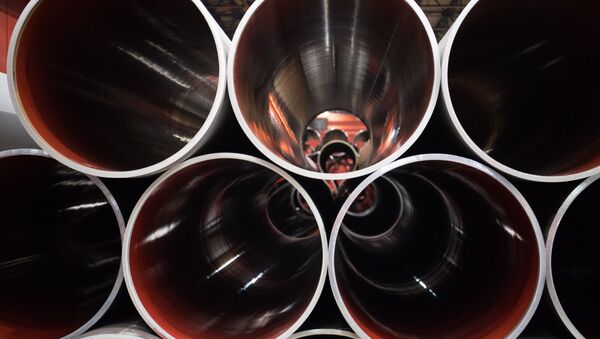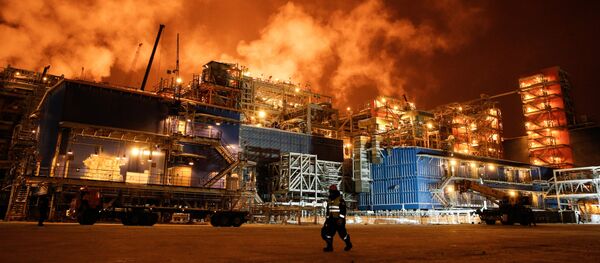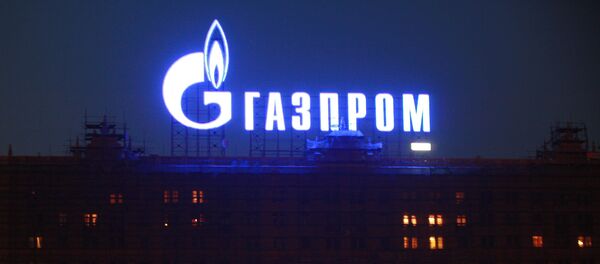Last week, the leaders of Bulgaria, Romania, Greece and Serbia met in Belgrade to discuss the prospects for regional cooperation, including joint infrastructure projects in transport and energy.
Speaking to Sputnik Serbia, Srecko Djukic, a Serbian economist who has devoted much of his professional career to energy projects, emphasized that all the countries of the Balkans are presently looking for ways to tackle their energy problems, and natural gas is seen as a major possible solution.
"The level of gasification of the Balkan countries and Serbia in particular does not exceed 20%, while in Western Europe it is equivalent to 100%. Therefore, Belgrade must fight for its interests in this area, whatever resistance Washington and Brussels might put up," Djukic said.
Serbian President Aleksandar Vucic's upcoming visit to Moscow is an important opportunity for Belgrade in this area, the analyst said. Vucic will arrive in Moscow on December 18 for a three day visit, meeting with senior Russian officials including President Vladimir Putin. Bilateral talks are expected to touch on the issue of energy supplies, including via the Turkish Stream pipeline, currently under construction.
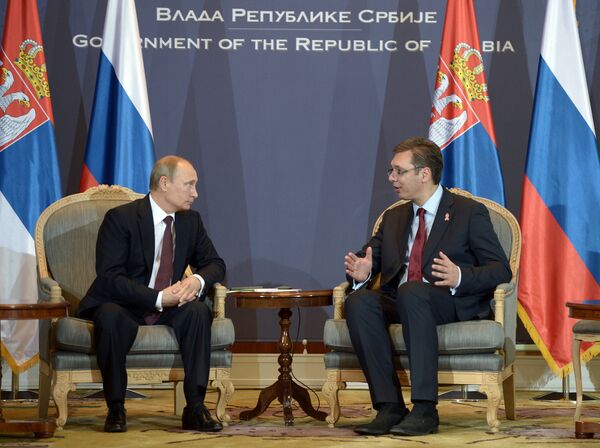
In that regard, the Serbian economist said that he remains concerned about the fate of the Turkish Stream, particularly if Bulgaria joins. After all, Sofia, under pressure from Washington and Europe, has repeatedly disrupted Russia's energy projects, particularly with the now-shelved South Stream, which would have delivered Russian supplies via Bulgaria to the Balkans, Italy, Hungary and Austria. The impending halt in Russian gas supplies transiting through Ukraine in 2019 due to repeated gas conflicts with that country is also disconcerting, he said.
According to Djukic, Europe does not have any real, major alternative to Russian gas: American shale supplies are too expensive, while those from the Middle East are inaccessible and prone to instability.
"The constant conflicts in the Middle East make gas deliveries to Europe unrealistic," the expert noted. "The same conflicts make it difficult to get the blue flame difficult to get from Iran, even though that country has some of the largest supplies in the world in that regard. The stocks that exist in North Africa aren't enough to meet Europe's needs."
At the same time, "in 2016, Europe bought 179 billion cubic meters of Russian gas. Gazprom CEO Alexei Miller recently told Russian President Vladimir Putin…that another 13.5 billion cubic meters will be sold by the end of the year. All this is taking place while the Balkan countries and Serbia are barely making ends meet in terms of gas, while Central Europe does not face any problems in this sense."
"Before the gas crisis in Europe began, Serbia lagged behind in gasification, which was more or less completed only in Vojvodina [Serbia's northernmost, autonomous province]. We need more, much more gas pipelines in the Balkans today, and these must be major pipelines from Russia or from Central Asia to Europe," Djukic stressed.
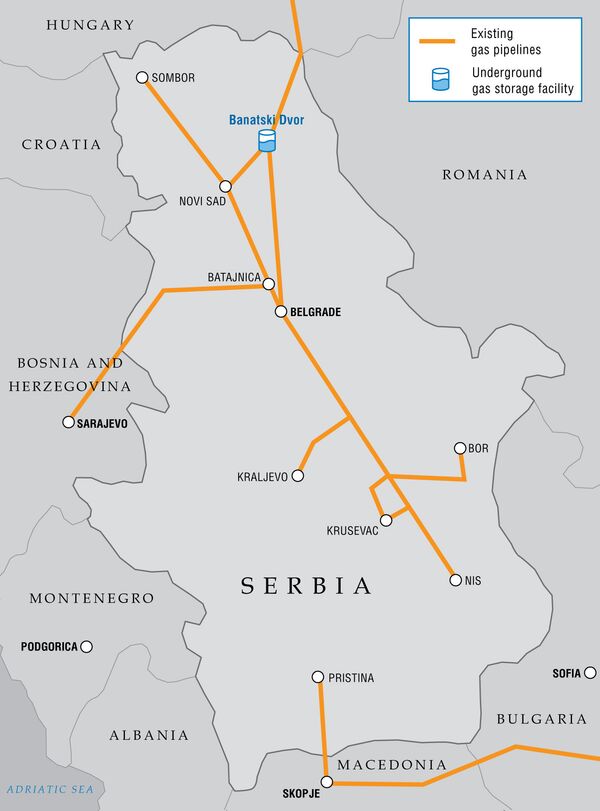
"In order to ensure the supply of gas up through the year 2050, Europe will need more than just Nord Stream 2. Every forecast says that Europe's demand for gas will increase by 40% up through 2040. It will be necessary to build a Nord Stream-3, something already mentioned several months ago. If Serbia wants to find itself in the group of the more developed countries, it must move from its current consumption of 4-6 billion cubic meters of gas to something much higher," the economist concluded.
